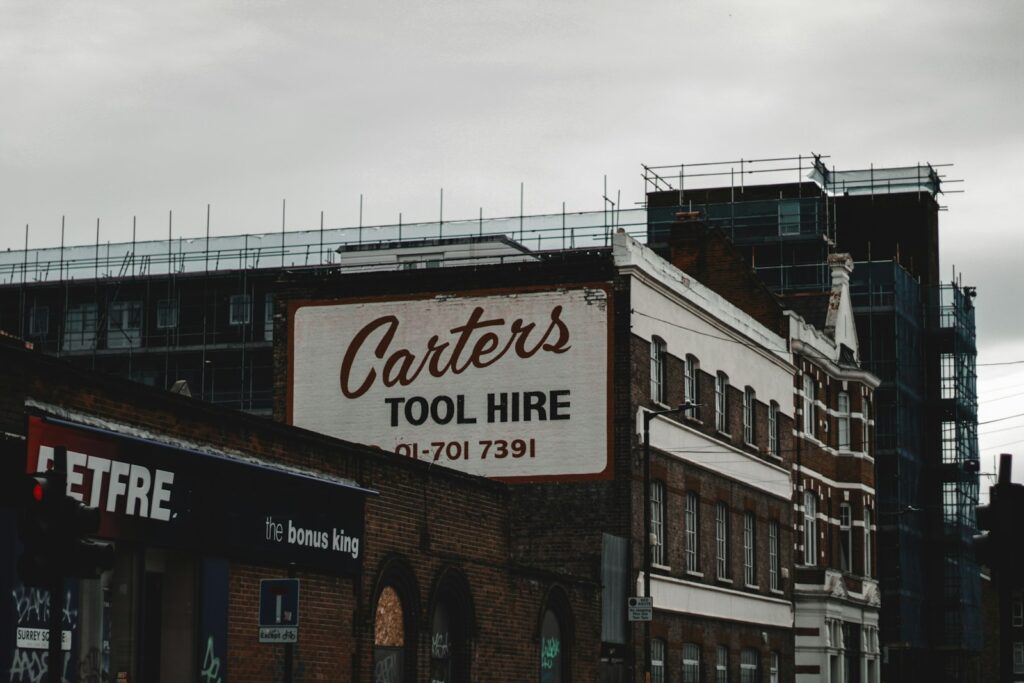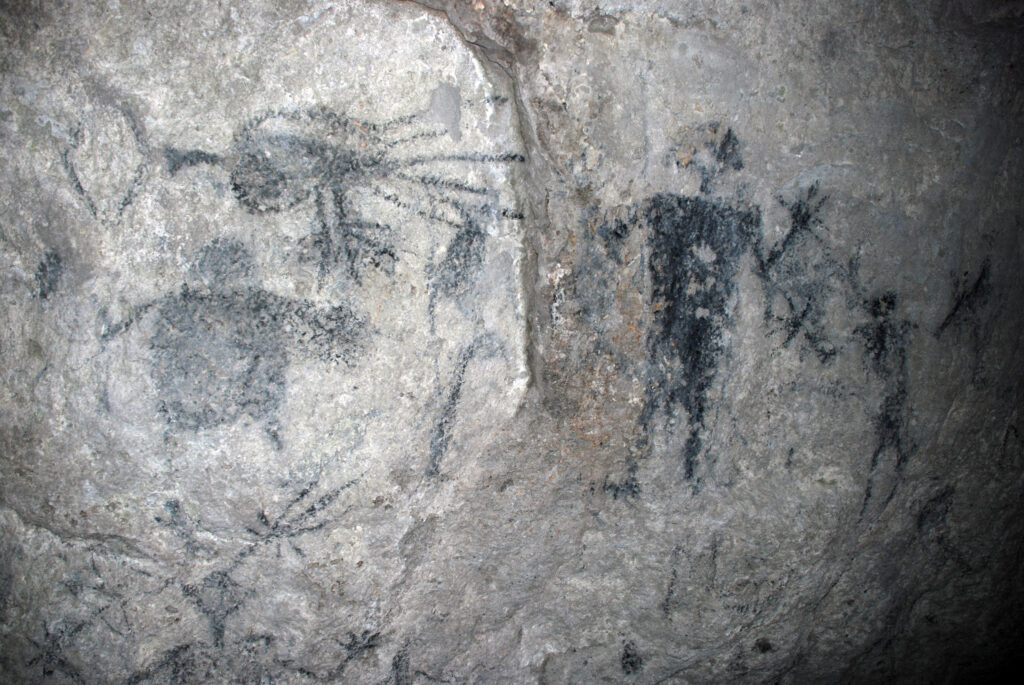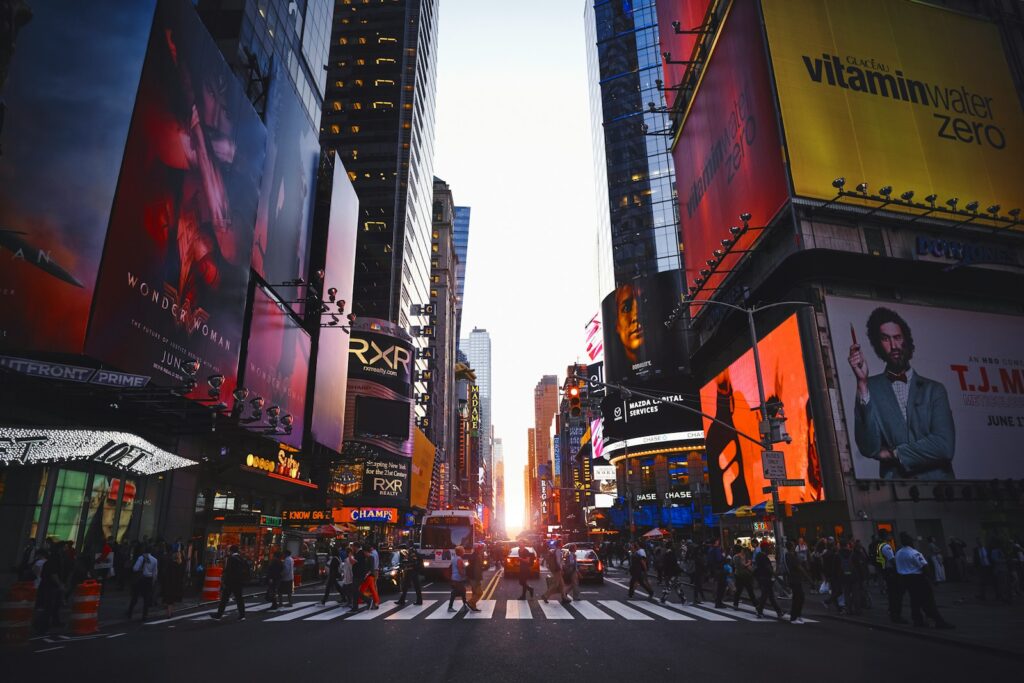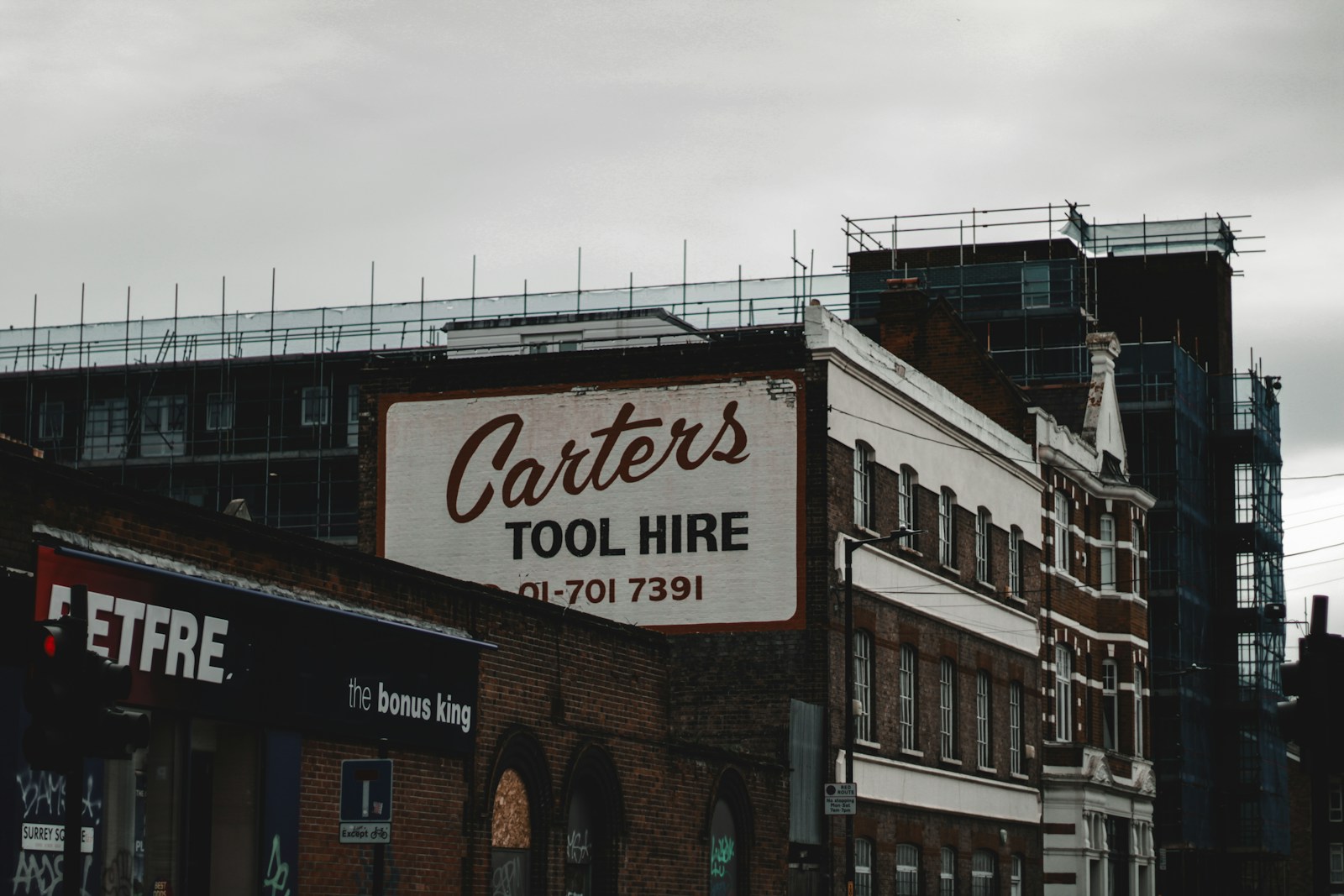The Evolution of Outdoor Advertising

Outdoor advertising is a long-standing industry that has evolved to keep up with advancements in culture, technology, and the economy. We are at a tipping point in the development of digital technology today because of innovative techniques. Highlighting significant turning moments, identifying evolving trends, and forecasting future developments.
Early Beginnings
Outdoor advertising originated with ancient cultures. The general public used Roman and Greek walls to etch announcements and messages about gladiatorial contests. While Egyptians used stone obelisks to promote laws and treaties. The printing press’s development in the 15th century. Which made it possible to produce flyers and posters, was the predecessor to present-day outdoor advertising.
The Birth of Billboards
In the United States, large-format billboards were first used in the 1830s, tandem with railroad growth. These billboards began as straightforward wooden boards with hand-painted text and developed into more intricate designs. With the development of lithography in the late 19th century, advertisers were able to mass-produce bright, colorful posters. Which led to the universal presence of outdoor advertising in urban areas.

The Golden Age of Billboards
The 20th century saw growth in road traffic and the automotive industry, ultimately resulting in the golden age of billboards. Adopting uniform billboard sizes, including the now-iconic 14 by 48-foot interstate billboard, made national campaigns possible. In addition to serving as a creative canvas, billboards are now an essential part of advertising campaigns. That promotes goods, entertainment, and public messaging.
The Digital Revolution
Digital technology’s introduction at the start of the 21st century brought about a profound change. Digital billboards gave advertisers unmatched flexibility and engagement because of their dynamic and changeable content. No restrictions on physical production and installation allow messages to be changed instantaneously. In response to happenings of the day or changes in the target audience’s demographics.
The Rise of Out-of-Home (OOH) Media
Outdoor advertising includes far more than just conventional billboards. Some diverse media formats that can be incorporated are digital displays on sidewalks and elevators, bus wraps, and street furniture. This media is now called “Out-of-Home” media, emphasizing the growing trend of integrated. Ambient advertising experiences that entice viewers while they go about their daily lives.
Looking Ahead
New technologies can further change outdoor advertising. With the advent of interactive, immersive experiences made possible by augmented reality (AR) and the Internet of Things (IoT). The lines separating the digital and physical worlds are becoming increasingly hazy. Furthermore, outdoor advertising is set to become more personalized. Targeted with the improvements in data analytics and artificial intelligence, allowing for the effective measurement of impact and engagement.
Evolution of Outdoor Advertising: Balancing Tradition and Innovation
How outdoor advertising has developed throughout time. Which is demonstrative of a constant adjustment to changes in human behavior and technical improvements. Through innovation, it has remained relevant, from stone inscriptions to digital displays. Future campaigns will require advertisers to balance the promise of new technologies. The authenticity and uniqueness have always been the hallmarks of successful campaigns. One aspect of this constantly shifting environment never changes: the public realm as a platform for business, connection, and communication.

FAQs: The Evolution of Outdoor Advertising
Q1. Which outdoor advertising format is thought to be the original?
Ans: Ancient Greeks and Romans painted letters on walls to announce laws, treaties, and public events. Egyptians used stone obelisks as the earliest examples of outdoor advertising.
Q2. How has the printing press affected outdoor advertising?
Ans: The mass production of posters and flyers was made possible by the printing press’s discovery. In the fifteenth century transformed outdoor advertising. Laid the foundation for the later development of billboards.
Q3.When did large-format billboards initially start to appear?
Ans: Large-format billboards originated in the United States in the 1830s. Progressing from bare wooden boards to increasingly intricate, mass-produced posters by the end of the 1800s.
Q4. What brought about the heyday of billboards?
Ans: The 20th century saw a surge in road traffic and automobile manufacturing. Which paved the way for the widespread adoption of standardized billboard sizes for national campaigns and the subsequent “golden age” of billboards.
Q5. How has outdoor advertising changed as a result of digital technology?
Ans: Digital technology made billboards possible by providing unmatched flexibility and dynamic, changeable content. IT signaled a significant change by enabling targeted, exciting campaigns and real-time information.
Q6.Out-of-home (OOH) media: what are they?
Ans: All ambient advertising in public areas, such as digital displays, bus wraps, street furniture, and classic billboards, is referred to in the industry as “out-of-home” (OOH) media.
Q7. Which upcoming technologies could have an even greater impact on outdoor advertising?
Ans: New technologies that have the potential to offer more immersive and interactive experiences, as well as more individualized and targeted outdoor advertising, include artificial intelligence, augmented reality, data analytics, and the Internet of Things (IoT).

